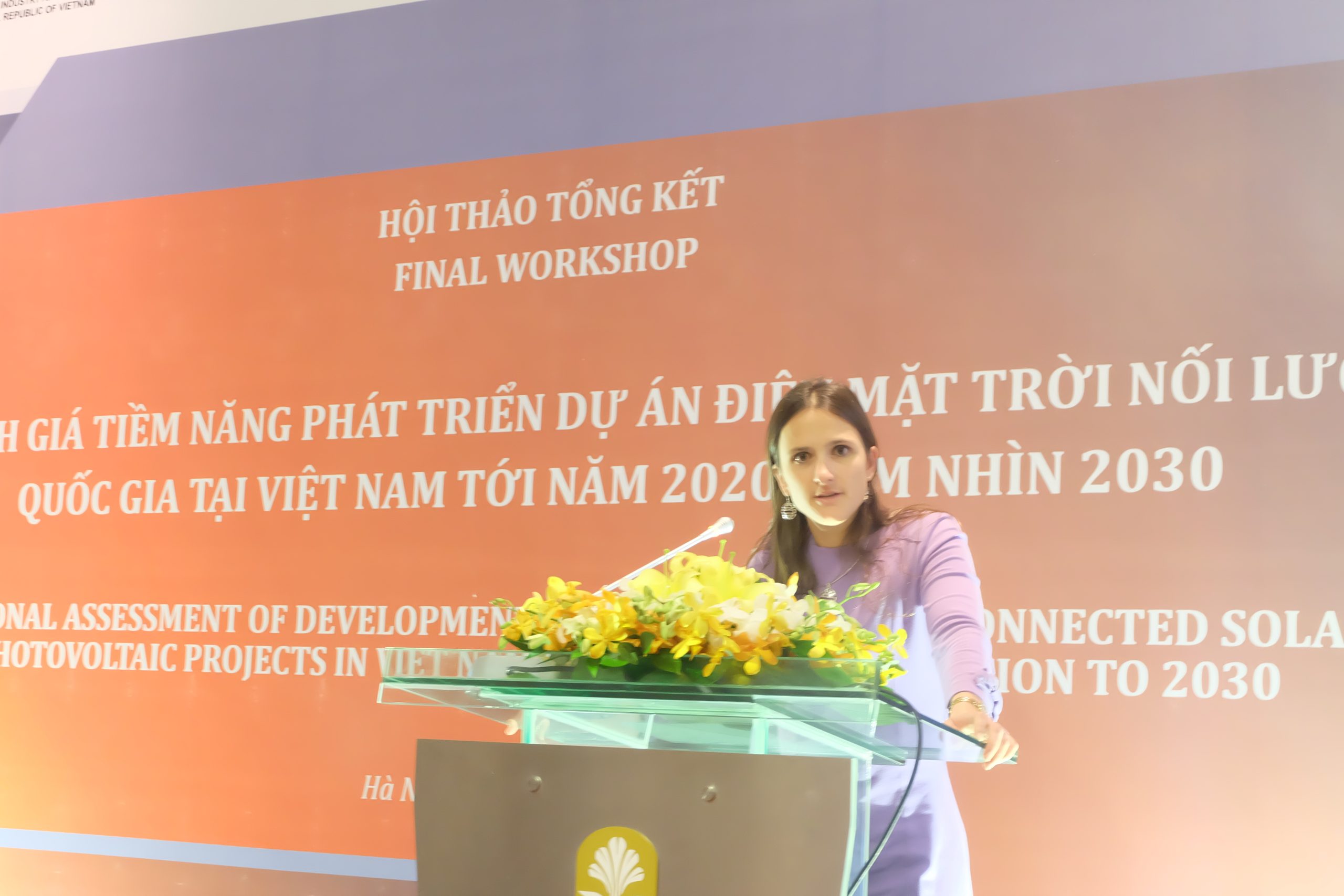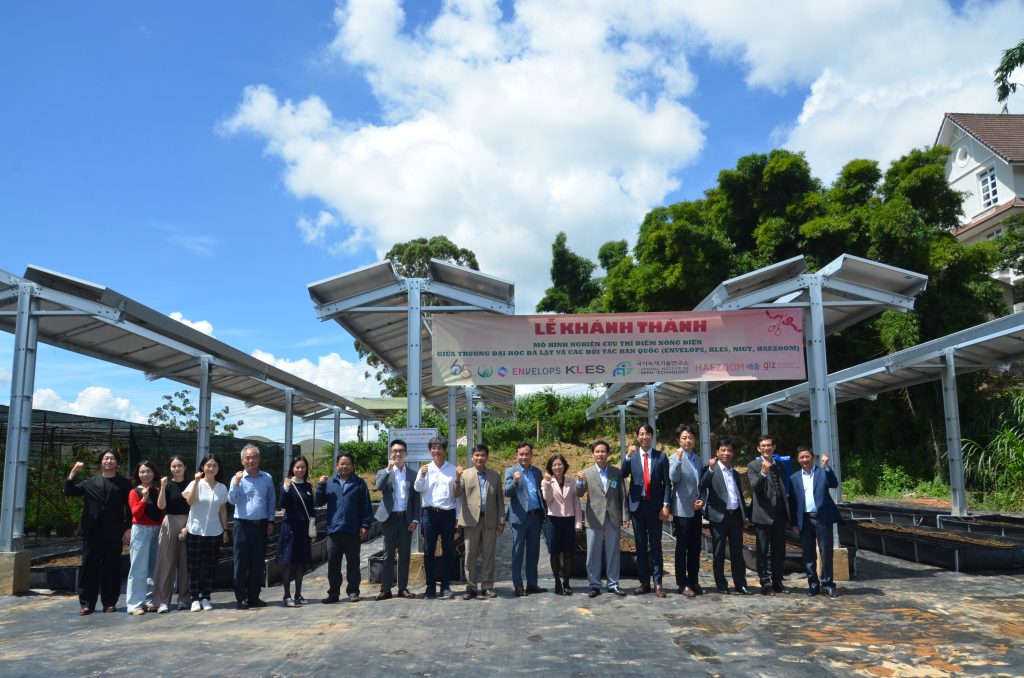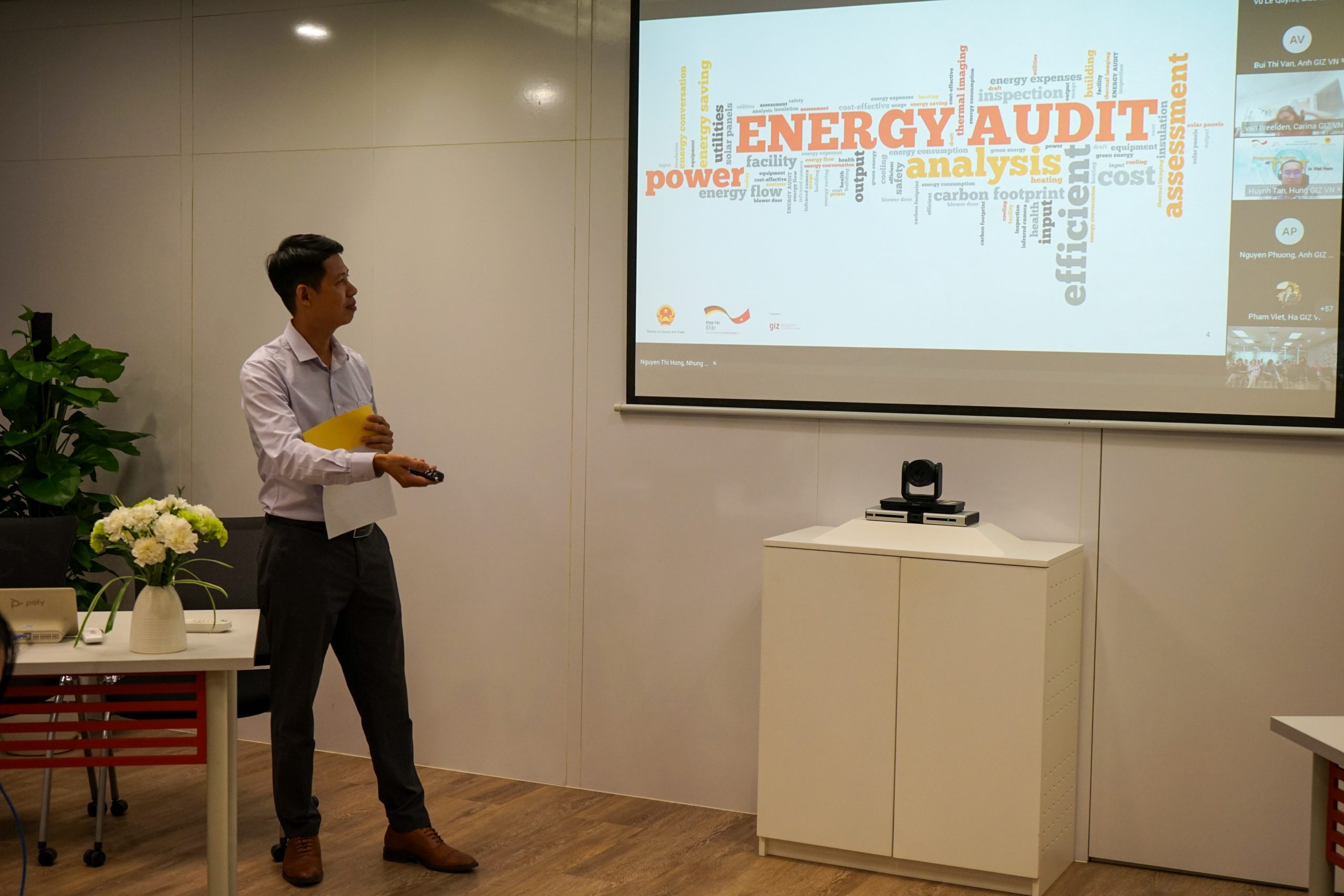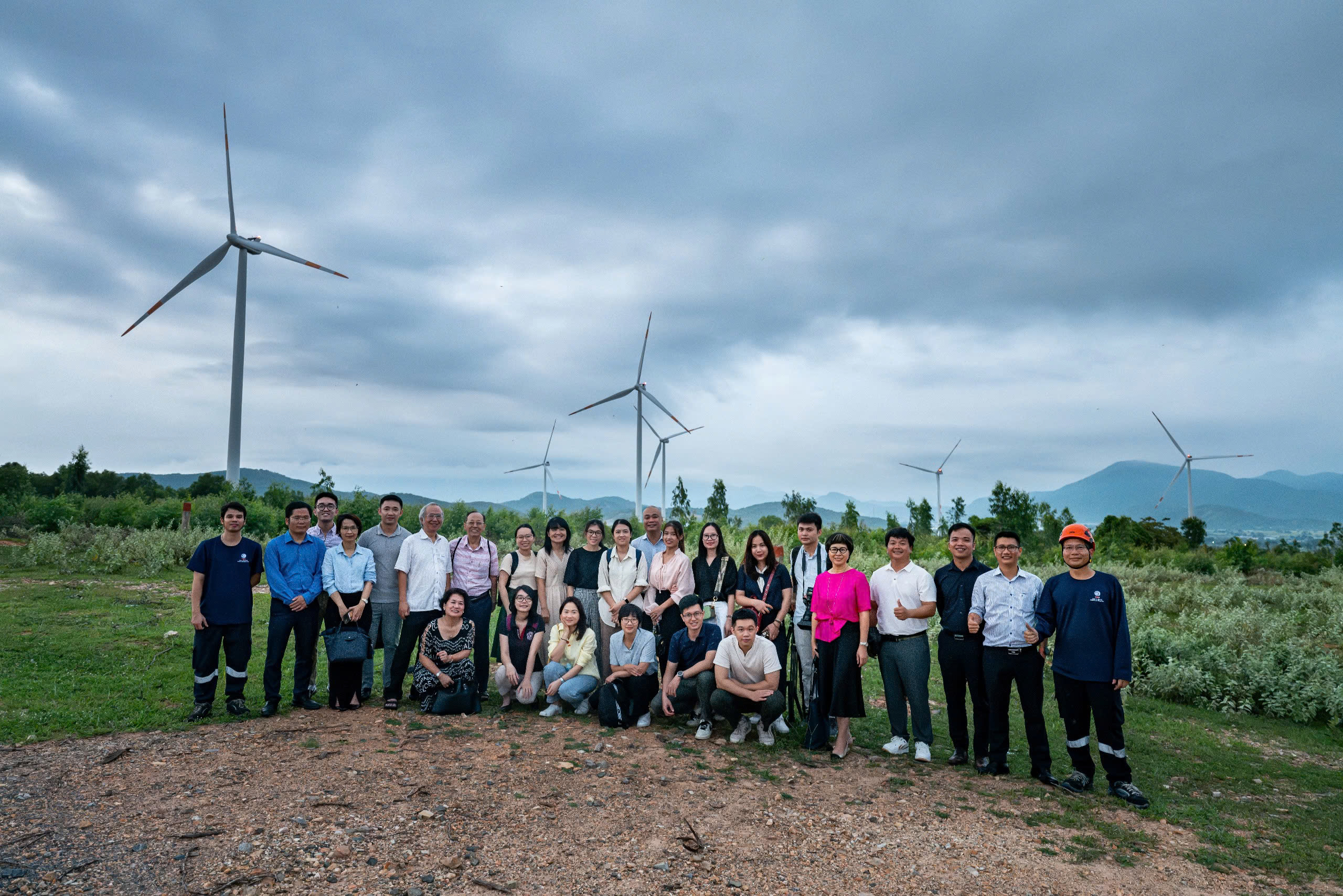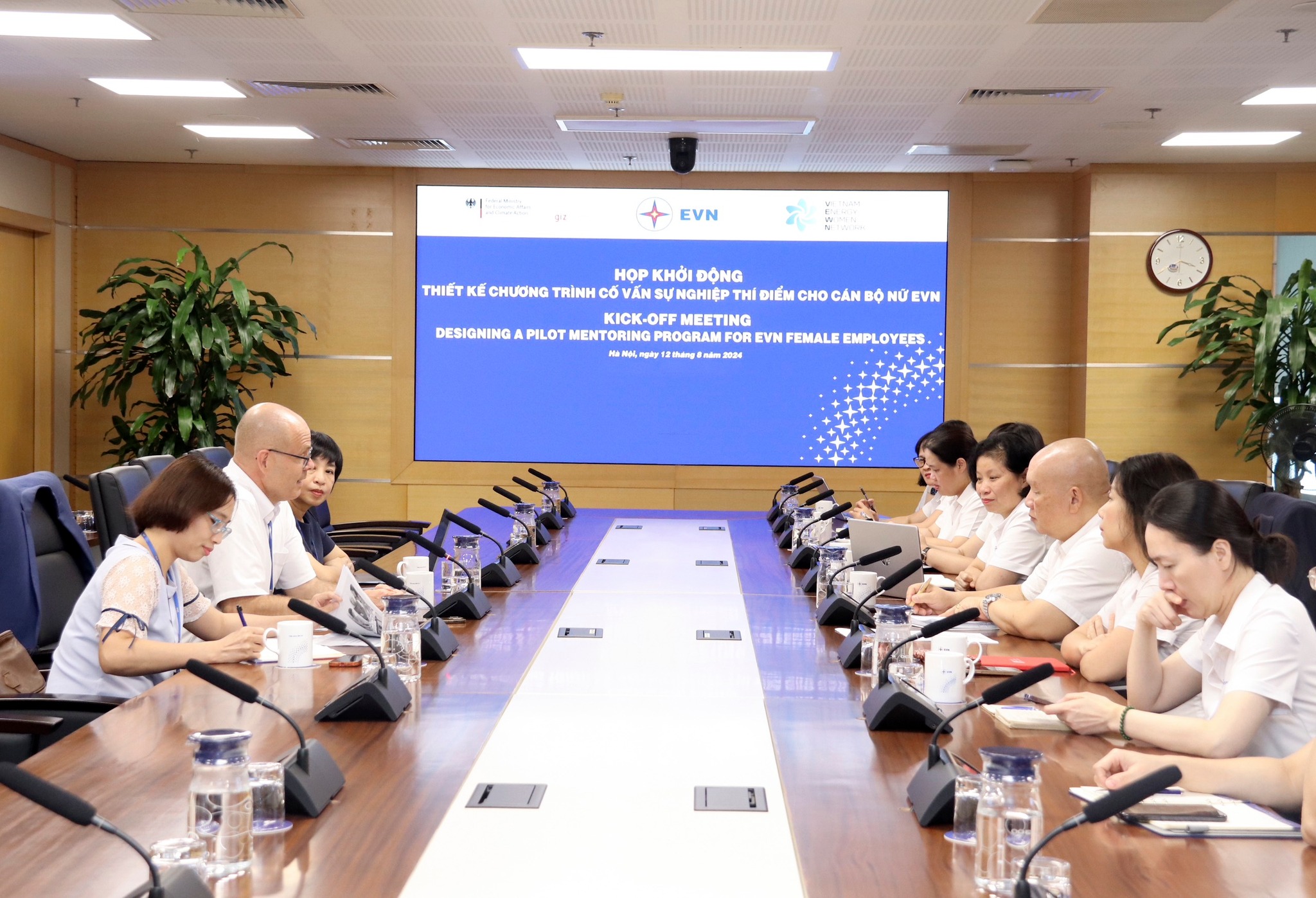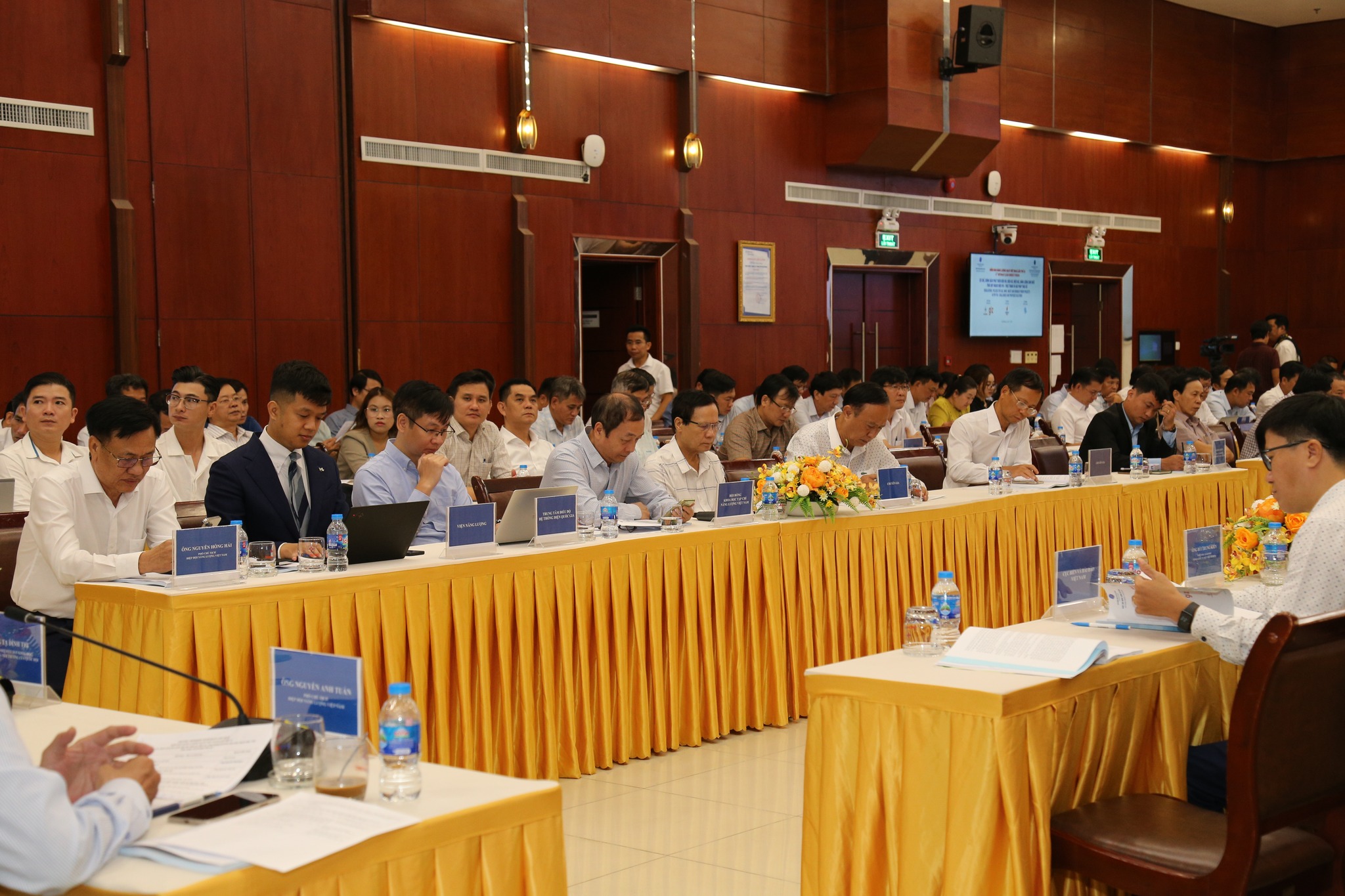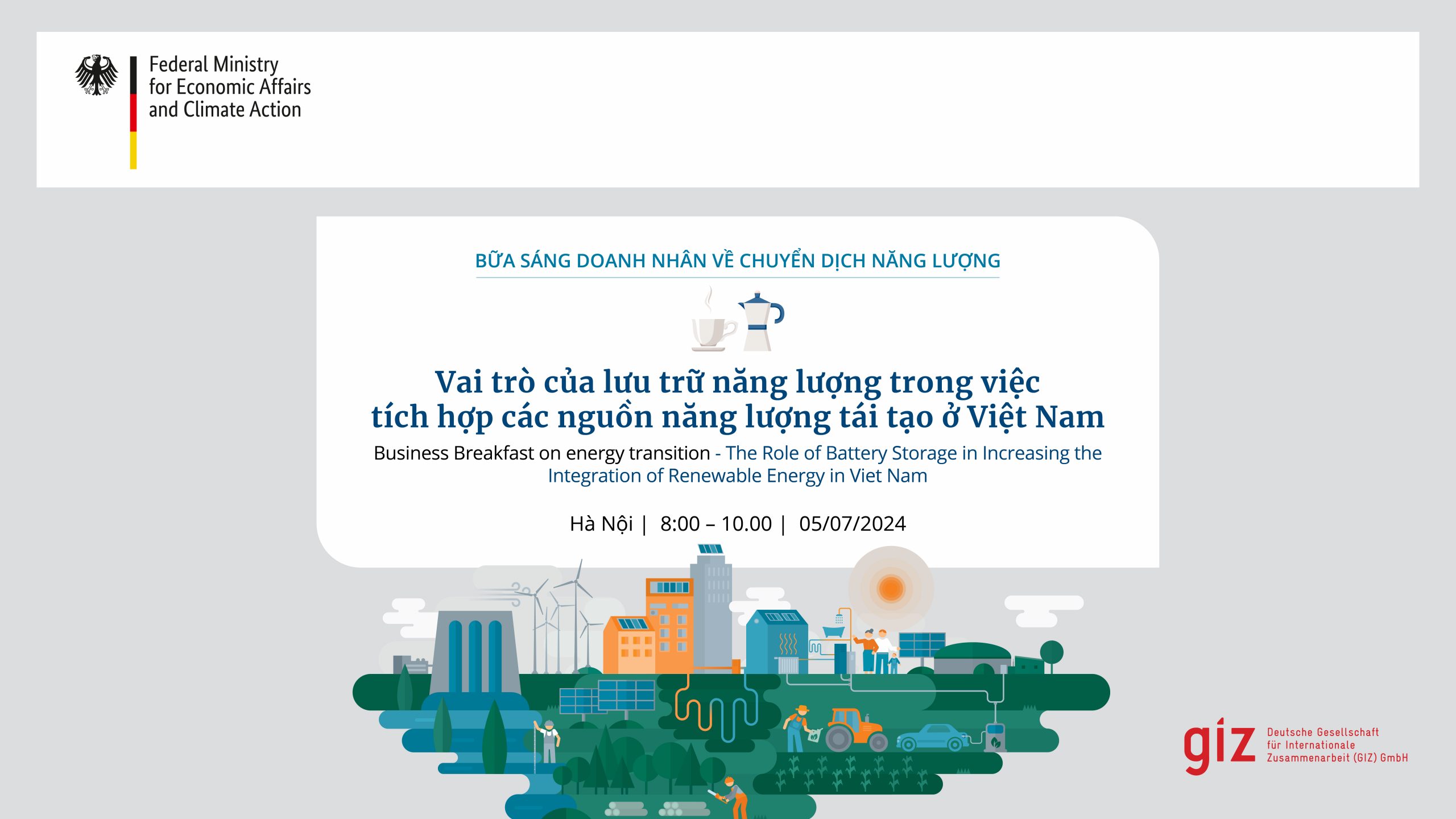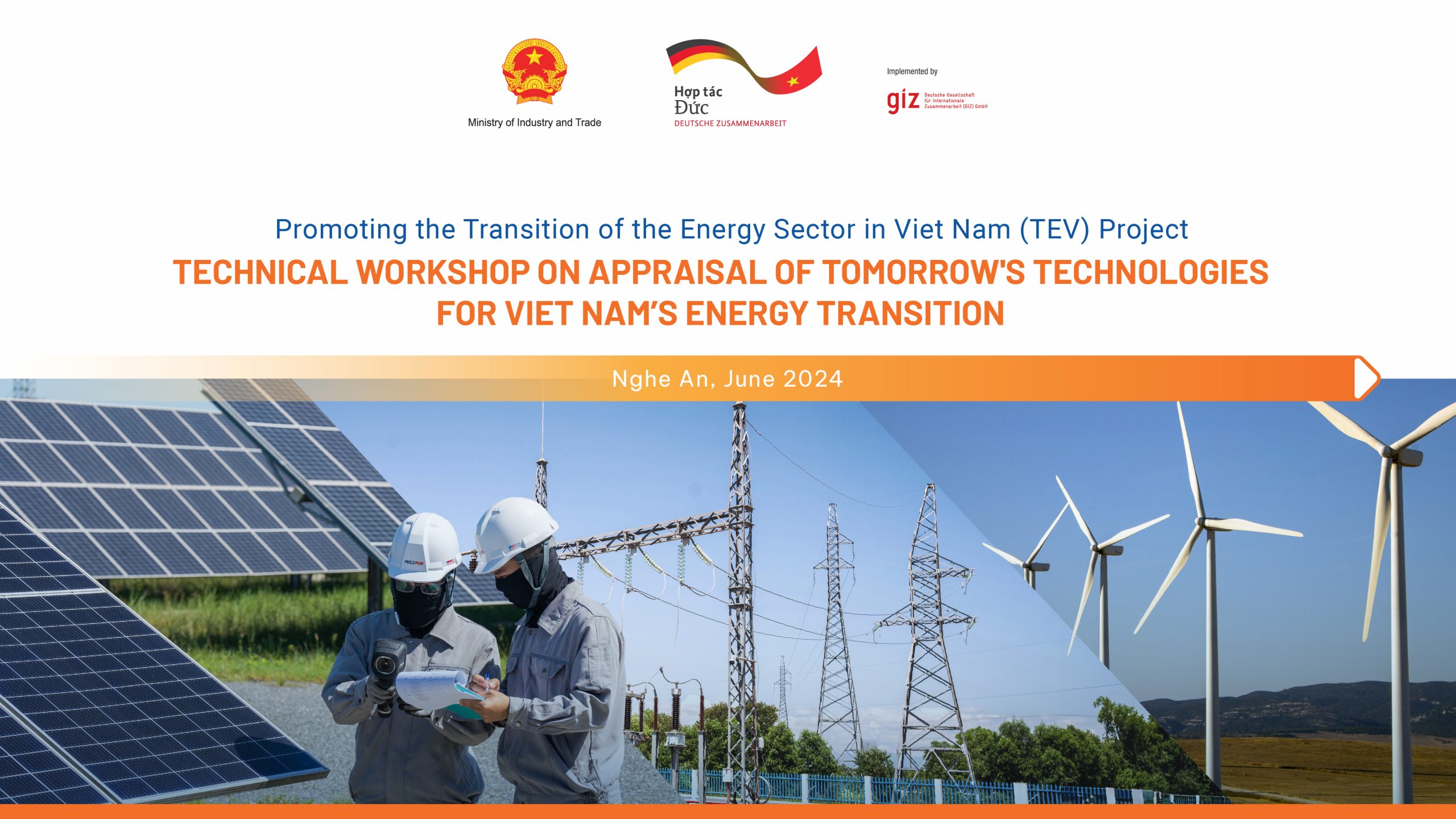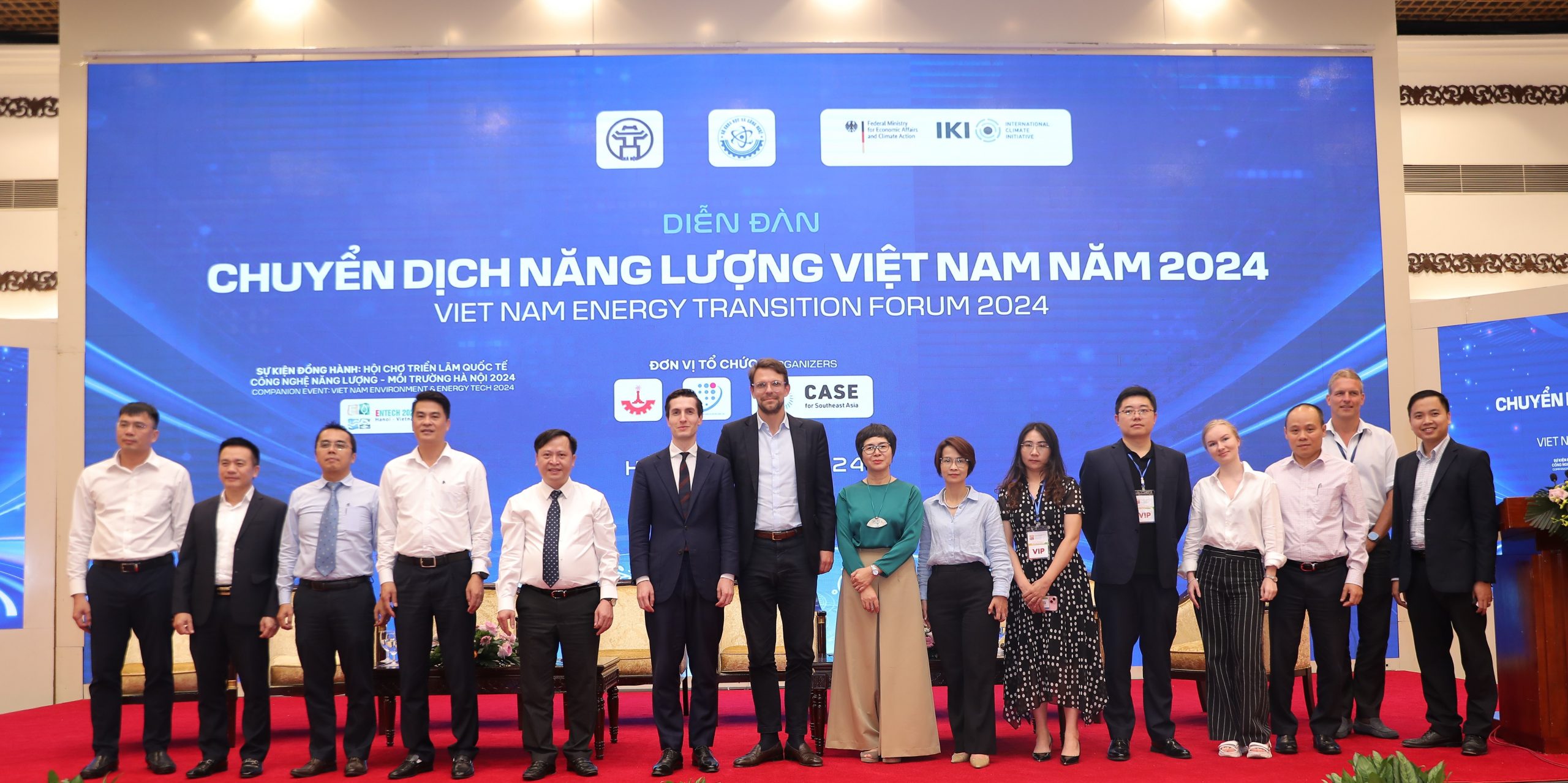The total economic potential of ground-mounted solar projects in Viet Nam is at least 7 Gigawatt (GW) at the present market conditions. The potential is higher than the national solar target of 0,8 GW by 2020. However, with the decrease of investment costs and financing costs, that will happen once the market starts growing, the economic potential can reach several hundred Gigawatt between 2021 and 2030 much more than the target of12 GW by 2030. These major findings were shared with 100 representatives from provincial governments, investors and other stakeholders at the final workshop ”National assessment of development potential of grid-connected solar photovoltaic (PV) projects in Viet Nam until 2020 with a vision to 2030” . The workshop is organized in Hanoi on 24 January, 2018 within the framework of the Renewable Energy and Energy Efficiency (4E) Project, which is jointly implemented by the Electricity and Renewable Energy Agency (EREA), Ministry of Industry and Trade (MoIT) and the Deutsche Gesellschaft für Internationale Zusammenarbeit (GIZ) GmbH on behalf of the German Federal Ministry for Economic Cooperation and Development (BMZ).
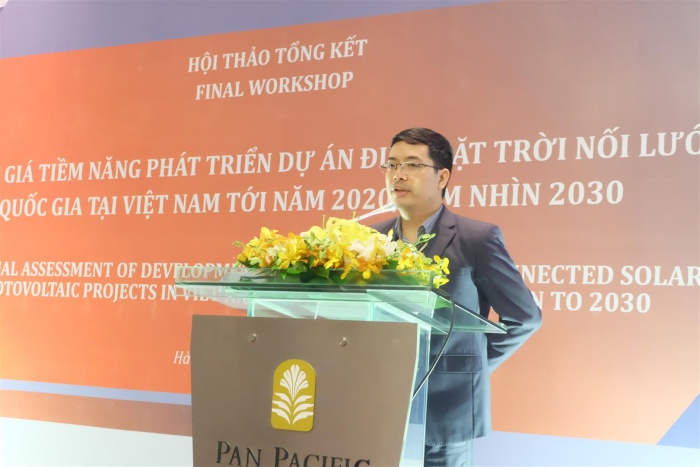
Mr. Nguyen Ninh Hai, Representative from the Ministry of Industry and Trade gave a speech at the workshop
The assessment which was undertaken by Viet Nam Institute of Energy as national consultant and Becquerel Institute as international consultantand funded by GIZ, confirms that Viet Nam is endowed with significant solar potential, especially in the Central and the South of Viet Nam. One of the findings is that the Central region has the highest economic potential of solar PV power development. Until 2020, with the present market conditions, most of the projects should take place in Binh Thuan and Ninh Thuan only. After 2020, solar PV should develop in the other Central regions and in the Southern region mostly in Tay Ninh, Binh Duong, Binh Phuoc, Long An, Ba Ria- Vung Tau and border areas between Dong Nai and Binh Thuan.
”We hope that this national assessment will be a useful reference for policy makers and other stakeholders in the renewable energy sector. The final report will also integrate the comments from participants in today’s workshop . It gives provincial governments and investors a good picture about solar potential and where solar project developers are currently working. Financial closing for projects are difficult with the present market conditions, but once the market will have developed and the prices will have dropped the solar PV potential will increase drastically. This assessment is an important initiative as it helps Viet Nam to steer the utilization of renewable energy and to fulfill the targets of the National Power Development Plan. The results of the assessment could also be used for a future auctionning scheme for solar energy in Vietnam”, said Ms. Sonia Lioret, Head of GIZ’s 4E project at the workshop.

Ms. Sonia Lioret, Head of GIZ’s 4E project gave a speech at the workshop
In the national assessment, experts have followed both top-down and bottom up approaches. The preliminary results were first calculated by using Geographical Information System (GIS) software, applying different criteria such as solar irradiation, land use, road, grid networks. Experts have also calculated the economic potential by answering the question: where it is possible to develop PV with the existing solar fit-in-tariff with the existing market conditions.
Furthermore, the research team also identified current development of solar PV in provinces where solar projects are being planned. The assessment has also identified a number of solar development clusters and developed a list of solar projects to be implemented by 2020.
Since April 2017, with the publication of the Prime Minister’s Decision 11/2017, solar power projects are allowed to sell their electricity at a fixed price of 9.35 US cents/kWh to the grid,. The Ministry of Industry and Trade published on 12 September 2017 the Circular 16/2017/TT-BCT which provides guidance on how to implement the above Decision.



